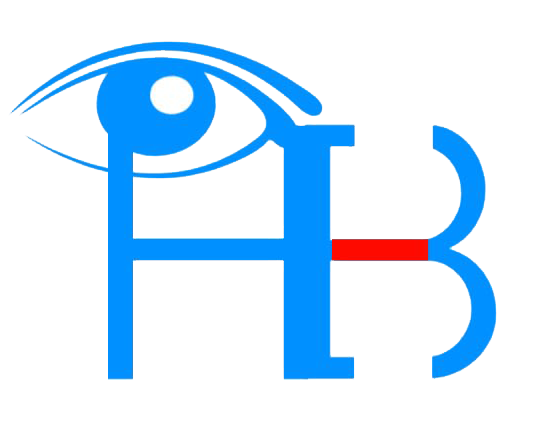Headache is a common symptom of many health, stressful or vision/eye conditions and often presented by patients to eye care professionals as a reason for coming to do eye test. It should be noted that there are many types of headaches. Some are associated with vision defect. Some are not. The most commonly presented headache today are ‘ocular‘ and ‘migraine‘ headaches which will be discussed on this page.
Ocular headache is associated with eye strain and often results from a person’s uncorrected vision defect – e.g. Short or long sightedness, astigmatism etc.
The cause of migraine headache is not clearly understood. But some medical experts have linked it to dilation and contraction of the cranial (head) artery. Most people who get migraine headache often associate it with their eyes or the need to wear corrective glasses. Contrary to this assumption, prescription glasses do not stop a migraine headaches except in very rare cases where the ‘trigger factor’ of the migraine is eye strain due to uncorrected vision defect.
Trigger Factors
These are situations, conditions or factors that trigger migraine headaches. The trigger factor for some migraine patients may be noise, loud vibrating music, hunger or stress. For some, it could be very bright light, hot Sun, sleeplessness eating a certain type of food or nuts that they are allergic to. In some rare cases, menstrual period is a trigger factor for some women. Identifying and trying to stay away from the trigger factor helps a migraine patient take preventive measure which could be as simple as taking medication before the headache starts.
Symptoms
Migraine is often one sided, mild or severe, could last for hours or days and may be associated with nausea, vomiting, light headedness or feeling upset. The severity, frequency of occurrence and duration is not the same for every migraine patient. Most migraine patients can not withstand bright light – they are photophobic.
Nevertheless, there are few cases where prolonged eye strain due to uncorrected vision defect may be a trigger factor. In these very rare cases, prescription glasses will help. However while most migraine patients may get relief from headache when they sleep in a completely dark and quiet room others must take medications to get a relief. Most Migraine Headache medications are non prescription medications


great article
Thank you, I appreciate your comment.